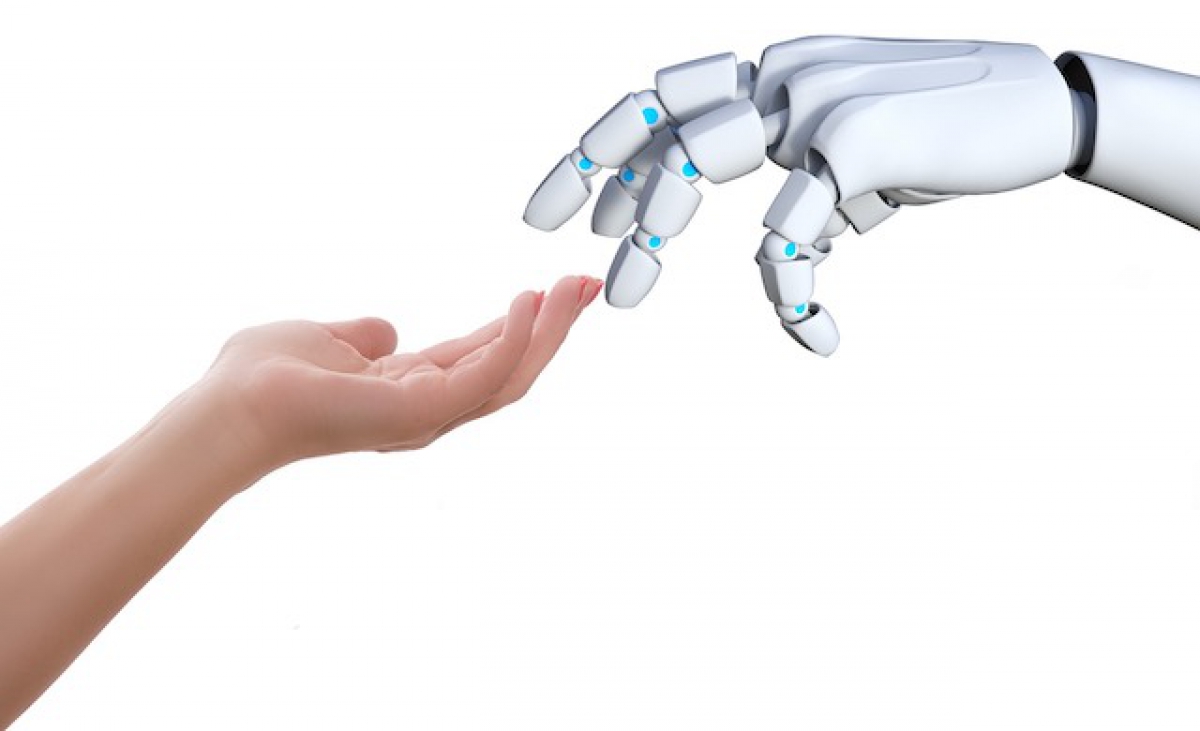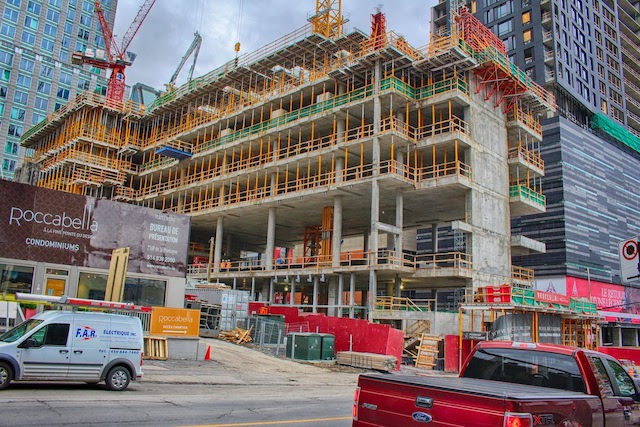Construction 4.0 : The next revolution in the construction industry
Du BIM à la Construction 4.0
While the Building Information Modeling (BIM) approach has been an important enabler for the digital transformation in construction, the concept of Construction 4.0 gradually begins to impose itself. It is still difficult today to give a precise definition, even if the experts are unanimous on the fact that it will be a major revolution for the industry.
To situate the global context of this revolution, it seems useful to recall that it has its origins in the First Industrial Revolution in history with mechanization, in the Second Revolution with electrification, and in the Third Revolution with automation. The Fourth Industrial Revolution (Industry 4.0) is based on ubiquitous connectivity and promises to significantly improve the way of doing business.
Construction 4.0: What is it?
There is still no international consensus on what the concept of Construction 4.0 really means. While some authors define it as a pure and simple instantiation of the concept of Industry 4.0 in construction (that is, the use of ubiquitous connectivity technologies for real-time decision-making), others see it as a means of finding a coherent complementarity between the main emerging technological approaches in the construction industry. Still, others see it as a more encompassing approach that goes beyond the simple technology framework to best meet the industry’s current challenges.
Whatever the definition given to it, the big change brought by Construction 4.0 seems to revolve around a decentralized connection between the physical space and the cyberspace via ubiquitous connectivity. In the construction industry, the connection between these two worlds already exists through technological approaches such as BIM. For example, it is possible to have complete numerical models of a construction project and even to create a bidirectional link between the construction site and these models. However, the presence of the human is necessary to maintain and manage this link. With the advent of Construction 4.0, a number of technologies will gradually replace this role of the human, so as to reduce human intervention and to tend towards a decentralized fusion between physical reality and its representation in the cyberspace.
The Associated Technologies
While the basis of Industry 4.0 in many industries relies on the technologies which enable ubiquitous connectivity and real-time decentralized decision-making, Construction 4.0 is not limited to those technologies but rather based on a broader spectrum, with the main ones being the Internet of Things, Digital Twin, additive manufacturing, cloud computing, Cyber-Physical Systems (CPS) and, of course, BIM. The great promise of the Construction 4.0 revolution lies in the almost complete automation of the entire project life cycle. This automation involves the use of digital twins at every step, from planning to operation, including design and construction. In the design phase, the increased use of BIM models as digital twins makes it possible to question them through simulations of the physical product (the building, for example), its constructability and profitability options (4D, 5D), and its sustainability (e.g., energy analysis). In the construction phase, BIM models continue to serve as digital twins, but are complemented by other technologies to automate their connection to the reality of the construction site. These technologies are mainly Cyber-Physical Production Systems (CPPS), including sensors, drones, embedded robotics and monitoring systems. In the operational phase, the BIM and the IoT, together with other CPS sensors, make it possible to monitor the performance of the facility and to set up an effective system for preventive maintenance management.
The Implications for the Industry
In the era of Construction 4.0, it is possible to offer personalized, smart and connected building products. This involves a digital transformation of the industry, with digitalized design, construction, and operation. Such a digital transformation obviously goes through a paradigm shift in the construction industry. This paradigm shift, widely discussed within the scientific literature in the context of BIM diffusion, must take place on many scales including technology, organization, policies, etc.
It also involves a great integration of information, processes, knowledge, and people. In general, in an Industry 4.0 context, attention should be focused on three different integrations: horizontal, vertical, and end-to-end integrations. Horizontal integration is related to the integration between the resources and the associated network of information within the value chain, to achieve a transparent collaboration between the involved stakeholders, and to provide products and services in real time. Vertical integration is referred to as the networked manufacturing systems in smart factories of the future, and the personalized manufacturing as alternatives to the traditional linear production processes, such as mass production.
In construction, digital fabrication, though considered an important but still underutilized BIM use, will take full advantage of the opportunities offered by multidisciplinary prefabrication and Design for Manufacture and Assembly (DFMA) techniques to offer customized prefabrication and assembly solutions. This may lead to have the manufacturer at the beginning of the supply chain (no longer at the end) to meet increasingly complex design demands. End-to-end integration refers to the fact that it will be possible to implement a sophisticated integration based on digital connection throughout the value chain. In other words, the increased use of ubiquitous connectivity systems, embedded sensors, and other intelligent CPS systems will allow each element of the facility to have its own value chain with a personalized integration between the different actors involved in its development. This will open the way for multi-level interconnection between humans, between machines, and also between humans and machines to enable decentralized decision-making in a context of greater integration.
The Crucial Role of Data
In a Construction 4.0 context, the issue of data and its management will be central, and will impose new business models on the industry. In addition to the wide variety of data and information traditionally generated during the design and execution of construction projects, a considerable amount will be generated from sensors and other CPS systems. The volume, the variety, and the need of velocity of these data will require the use of platforms adapted to interpret them, manage them, but also and especially to connect them to the existing business platforms. The systems required will therefore not be just Big Bata or decision-making platforms, but rather matchmaking platforms, providing new innovative services and products that connect the construction site with smart factories, and with more smart design and use of connected smart buildings (or cities). Of course, many issues still need to be addressed, including the development of standards on a global scale.
Last modified on Thursday, 16 July 2020 22:19



